Compliance analysis on the structured arrangement of private equity investment funds
01
Common structured arrangements in practice
In practice, the structured arrangement of private equity funds (excluding the structured arrangement for the purpose of protecting capital and income) is generally reflected in the distribution order, that is, when the fund distributes the distributable property, The distribution shall be carried out in the order of "priority investor investment principal>inferior investor investment principal>priority investor threshold income>inferior investor threshold income>residual income distribution" or "priority investor investment principal>priority investor threshold income>inferior investor investment principal>inferior investor threshold income>residual income distribution".
As for the limited partnership organization form most commonly used by private equity investment funds, the above structured arrangement generally refers to the distribution order arrangement between the priority LP and the inferior LP, while the distribution order arrangement between GP and LP is generally not considered as the fund structured arrangement in practice. The common distribution sequence between GP and LP is generally similar to that between the above priority investors and inferior investors, namely "LP investment principal>GP investment principal>LP threshold income>GP threshold income>excess income distribution" or "LP investment principal>LP threshold income>GP investment principal>GP threshold income>excess income distribution".
02
About the structure of private equity investment funds
Main provisions of the arrangement
In June of this year, the China Securities Regulatory Commission (CCA) issued the Key Points of Concern for the Filing of Private Equity and Venture Capital Funds (June 2022), which made specific provisions on the structural arrangements of private equity investment funds that mainly invest in the stocks of listed companies. The relevant contents are consistent with the provisions of the CSRC and CCA on the structural arrangements of private securities investment funds.
Summing up the above regulatory provisions and self-regulatory rules, we can draw the following conclusions:
First, when private equity investment funds (excluding venture capital funds) are structured, the leverage ratio (i.e. priority shares/inferior shares, and the intermediate shares are included in the priority shares) should not exceed 1 time.
Second, private equity investment funds that mainly invest in the stocks of listed companies (issuing to specific targets, block trading, agreement transfer, etc.) should abide by the principle of "sharing interests and risks" when making structural arrangements, which is the same as the regulatory requirements of the regulatory authorities for private equity investment funds. CCA focuses on the income distribution and loss sharing ratio among investors in the structured arrangement, while the common structured arrangement in practice only focuses on the distribution order of fund assets, and has no overall control over the distribution ratio. Therefore, if the private equity investment fund that mainly invests in the stocks of listed companies adopts the common structural arrangement in practice, it cannot be guaranteed that there will not be an extreme priority and inferior income distribution ratio, which does not meet the relevant requirements of the China Association for Investment and Development.
Third, for other private equity investment funds (including venture capital funds), the regulatory authorities have not made specific provisions on the mechanism of income sharing and loss bearing under structured arrangements. That is to say, there is room for the implementation of common structured arrangements in practice. (However, if the venture capital fund has a structured arrangement, it cannot enjoy the preferential policy that it is not a first-tier asset management product, unless its priority investor is the venture capital guidance fund funded by the government)
Fourth, the structural arrangement concerned by CFA is the structural arrangement between investors. In other words, if the fund share holders are not regarded as investors, the similar structured arrangements involved in them will not be applicable to the relevant requirements of the CFA.
Fifth, the regulatory authorities recognize that inferior investors can provide certain risk compensation for priority investors, and the normal structured arrangements that are fully trusted do not touch the regulatory red line of "breakeven and guaranteed income" and "unfair treatment of investors".
According to the Partnership Law, the partnership agreement of a limited partnership may agree to distribute all profits to some partners, but may not agree that some partners shall bear all losses. In addition, the partnership agreement can make personalized provisions on the profit-sharing and loss bearing mechanism between partners. For partnership private equity funds, the sequential distribution between LP and GP or between priority LP and inferior LP will not necessarily cause some investors to bear all losses (for example, even if the LP principal is divided first and then the GP principal, when the loss exceeds the GP principal, the LP will also bear losses), so it does not violate the provisions of the Partnership Law.
According to the Company Law, with the consent of all shareholders, corporate funds can make personalized arrangements for the income sharing mechanism between investors during the period of existence, but in principle, they should still distribute profits or bear losses according to the shareholding ratio during liquidation. However, in judicial practice, there are also many precedents supporting preferential liquidation arrangements. Therefore, corporate funds make personalized regulations on the mechanism of income sharing and loss bearing among investors. From the perspective of legal provisions and judicial practice at the level of the Company Law, generally speaking, there is still some room.
03
Allocation sequence arrangement between GP and LP
Whether the relevant structural requirements of CCA are applicable
The regulatory regulations and self-regulatory rules do not stipulate that investors must act as GP or LP, nor do they stipulate whether investors can act as executive partners, nor even prohibit the managers themselves from acting as investors of the funds they manage. This paper believes that for share holders, we should not judge whether they belong to investors only according to their status in the fund, but according to the purpose of their contribution.
For managers, according to the current self-regulatory rules, they or their affiliates must act as GPs. Based on this, the manager or its related parties generally act as GPs with a small proportion of capital contributions. In such cases, the capital contributions are not for investment purposes, and such GPs should not be considered as investors. At this time, the management fees or carries obtained by them are based on their status as managers rather than investment income. Accordingly, if the manager or its related party acts as a GP with investment purposes (such as high contribution), it should also be considered as an investor.
For the GP who is neither the manager nor the manager's related party, its purpose of acting as the GP is generally to obtain the remuneration for executing the partnership affairs, obtain more distribution of excess income, and obtain greater influence on the fund affairs, and it is not generally for the investment purpose of the GP itself. Based on this, these entities also generally act as GPs with a small proportion of capital contributions, and should not be regarded as investors generally. Of course, if it acts as a GP mainly for investment purposes (for example, its contribution is relatively high), it should also be considered as an investor.
In addition, if a special limited partner is set up for the purpose of co-investment, its main purpose is obviously investment, and it should also be considered as an investor.
Compared with the investors in the qualified investor system, the investors in the structured arrangement that the regulators pay attention to have different connotations and extensions. The former refers to investors in essence, while the latter is closer to the concept of investors.
Specifically, the Key Points for Private Equity and Venture Capital Fund Filing (June 2022) stipulates in the section of "Management Fee", "Pay attention to whether there are more than one private fund manager (hereinafter referred to as the manager) agreed in the fund contract. Pay attention to whether the general partner, special limited partner and investor who do not act as the manager agree to charge the management fee in the fund contract or collect the management fee in disguised form by other means.", From the perspective of the key points of filing, investors are different from managers, general partners who do not act as managers, special limited partners, etc., while from the perspective of the qualified investor system, the above entities need to meet the qualified investor standards.
In other words, regardless of whether the aforementioned manager GP, non-manager GP, SLP, etc. are investors in the structured arrangement that CFA focuses on, they must be qualified investors. (Some people may be confused that the manager GP must be a qualified investor, but in fact, Article 13 of the Interim Measures for the Supervision and Administration of Private Equity Investment Funds clearly lists "private equity fund managers investing in the managed private equity funds" as qualified investors of course).
04
Conclusion
1. At present, the common structured arrangement of private equity funds in practice does not meet the relevant requirements of the China Association for the structured arrangement of private equity investment funds that mainly invest in the stocks of listed companies;
2. For other private equity investment funds (including venture capital funds) other than private equity investment funds that mainly invest in the stocks of listed companies, the regulatory authorities have not made clear provisions on their structural arrangements, but the leverage ratio of private equity investment funds (excluding venture capital funds) (that is, priority shares/inferior shares, and intermediate shares are included in priority shares) should generally not exceed 1 time;
3. The structured arrangement concerned by China Foundation Association is a structured arrangement among investors. It should be judged whether the fund share holders belong to investors in the context of structured arrangement according to the purpose of capital contribution. In practice, the common distribution order arrangement between GP and LP generally does not apply to the relevant structural requirements of CFA, but all types of GP and LP should still apply to the qualified investor system.
PE & TMT legal bridge

Presiding lawyer: Yang Chunbao, first-level lawyer
Tel/WeChat: 1390 182 6830
Business contact and submission email:
chambers.yang@dentons.cn
Address: 9/24/25/F, Shanghai World Financial Center, 100 Century Avenue, Shanghai







































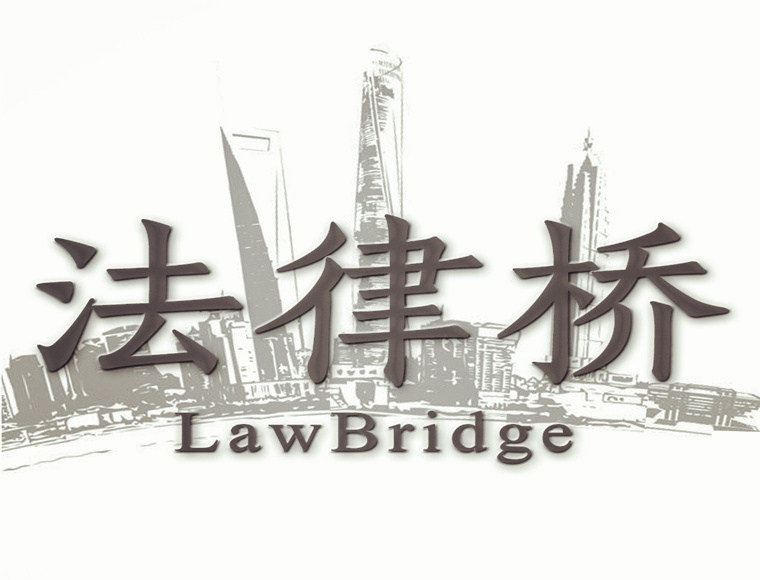
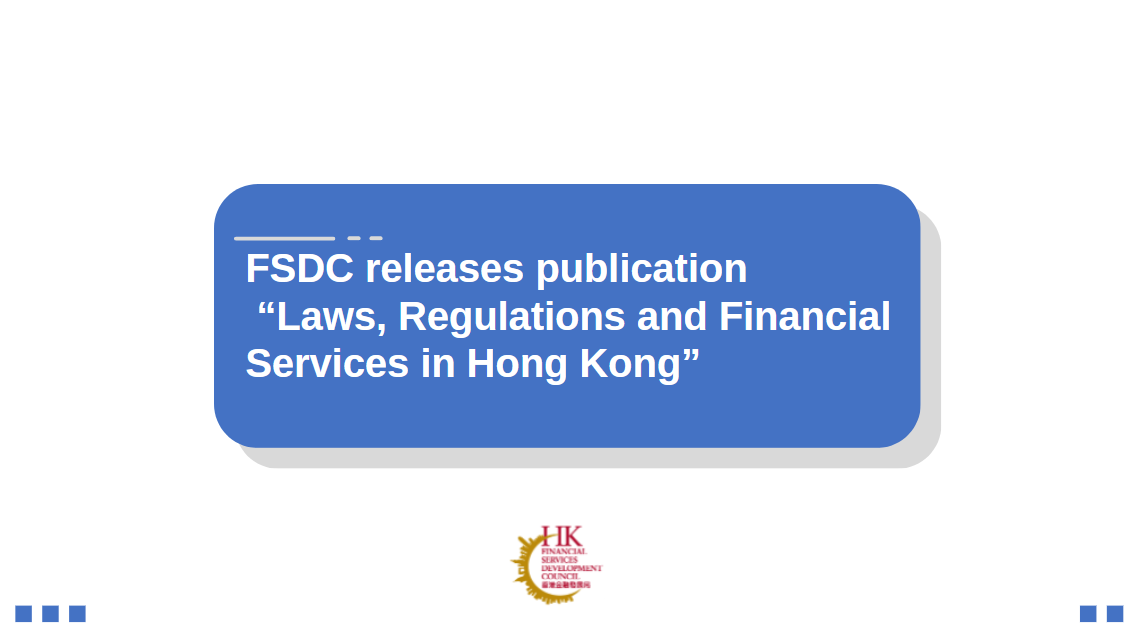
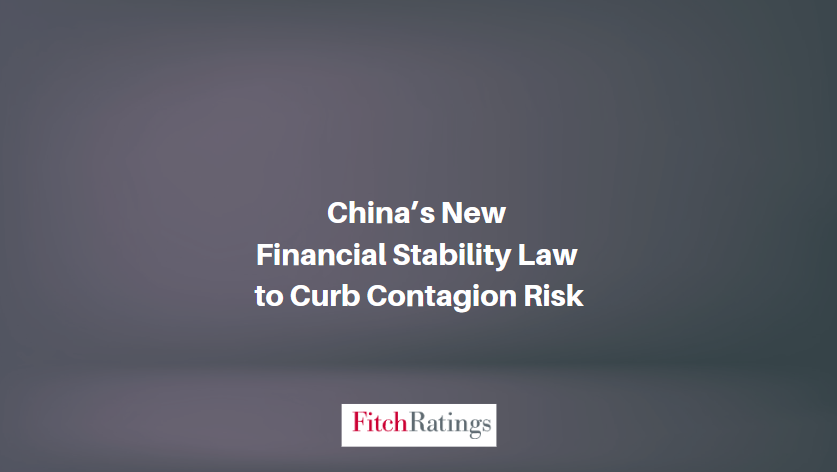

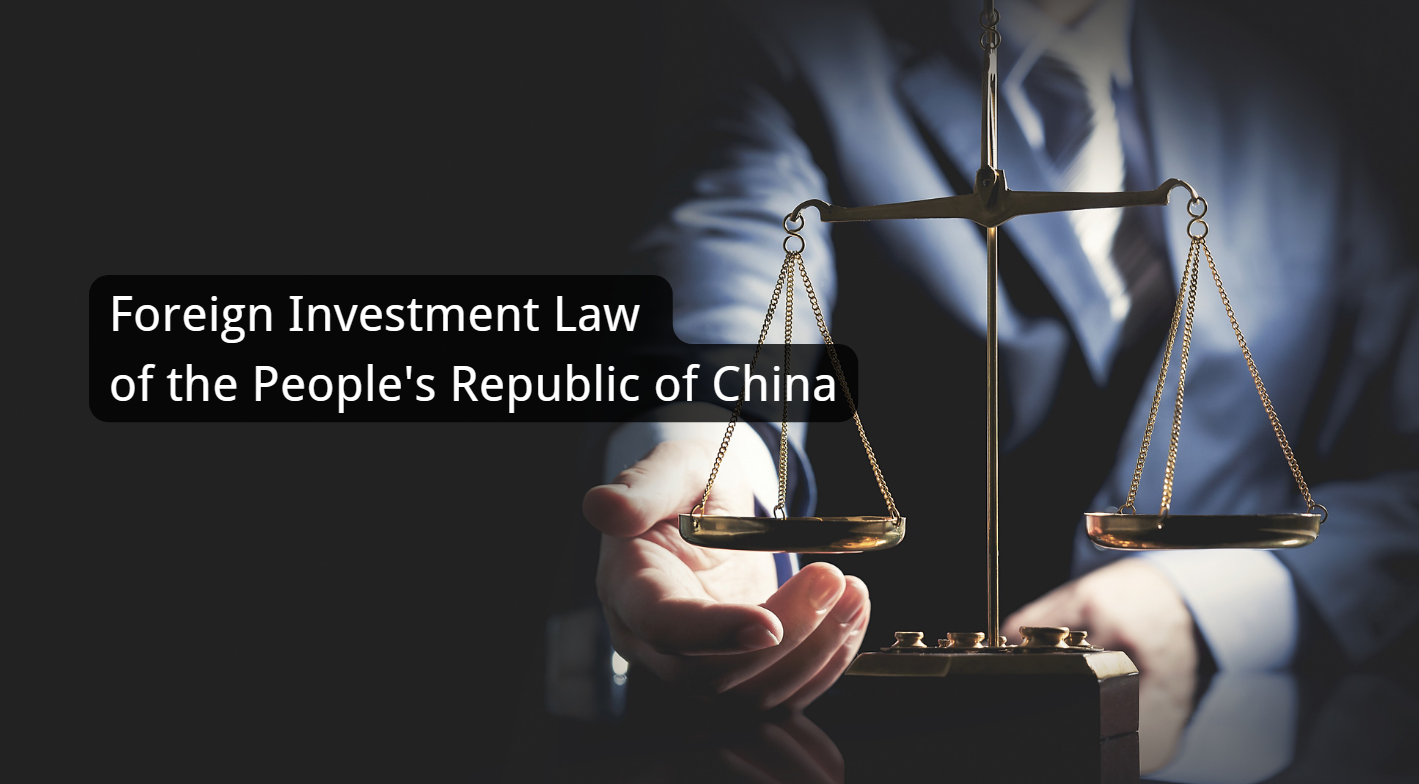










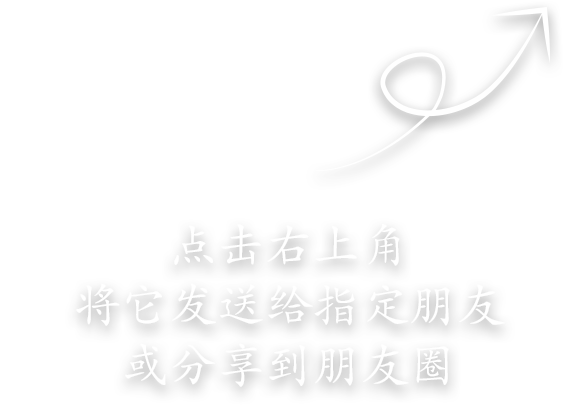
First, please LoginComment After ~